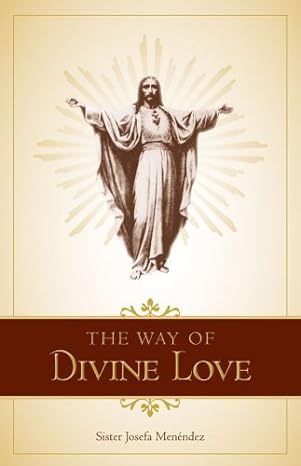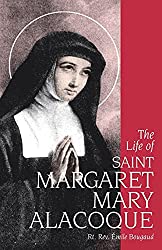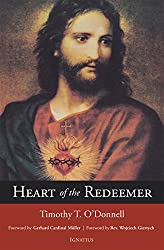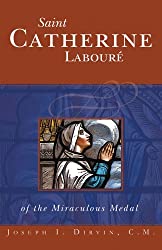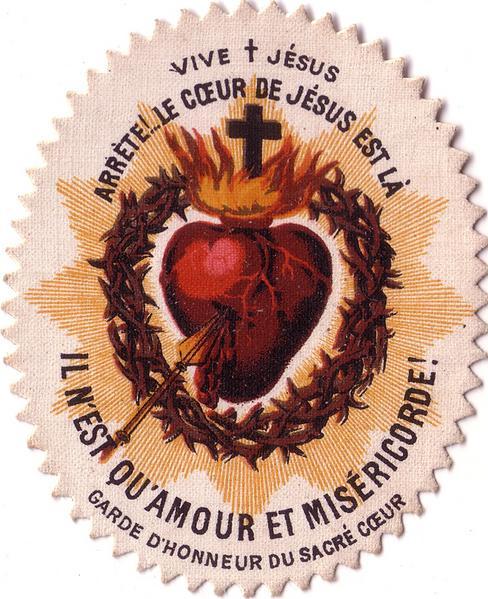
Welcome to the second of our seven pages introducing the Devotion to the Sacred Heart of Jesus, written for this site by Kim Buck.
Below you will find an Introduction to the series—which features links to further pages on different aspects of the Devotion. Or you can navigate through the series using this list of links:
Table of Contents
- An Introduction to the Devotion to the Sacred Heart of Jesus (this current page)
- The Holy Hour of Reparation
- The First Friday Devotion to the Sacred Heart of Jesus
- The Annual Feast of the Sacred Heart of Jesus
- Exposition of the Image of the Sacred Heart
- Enthronement of the Sacred Heart in the Home
- Prayers to the Sacred Heart of Jesus
Various internal links in this series will also take you to further articles of relevance at this site (for example long articles about St Margaret Mary and St. Claude La Colombière). There is also an archive of posts devoted to the Sacred Heart (here).
About Statues and Images of the Sacred Heart
In addition to the practices of the Devotion to the Sacred Heart considered earlier (the Holy Hour, the First Friday, the Annual Feast), many other expressions of the Devotion might be named.
Among these is the great emphasis placed on exhibiting the Heart of Jesus through imagery and statues. And here too, we find the origins of this practice in the life mission of Saint Margaret Mary.
For example, we find these words in a letter she wrote on 24th August 1685, regarding the exposition of images of the Sacred Heart of Jesus:
He takes great pleasure in being honoured by His creatures. He … seemed to promise …“that all those who are devoted to this Sacred Heart will never perish and that, since He is the source of all blessings, He will shower them in abundance on every place where an image of this loving heart shall be exposed to be loved and honoured [Emphasis mine].
By this means He will reunite broken families and assist and protect those in any necessity. He will spread the soothing unction of His ardent charity on every religious community in which this divine image is honoured. He will turn aside the blows of the just wrath of God by restoring them to His grace when through sin they have fallen from it.
Similarly, we find that she writes of the desire of Our Lord:
He wants you to have shields made with the image of His Sacred Heart, so that all those who wish to pay homage to Him can place it in their homes and also to make smaller ones for people to carry with them [Emphasis mine].
Let us listen also to her words from another letter:
He has given me to understand that His Sacred Heart is the Holy of Holies, the very sanctuary of love. He wishes that It be now recognised as the Mediator between God and men. He is all-powerful to bring them peace, turning aside the just punishments our sins have drawn upon us and obtaining mercy for us.
It is in listening to these words and experiences of Saint Margaret Mary Alacoque that we can understand the significance of the exposition of an image (or statue) of His Sacred Heart. And it is in these messages that we see how the use of images and statues, both large and small, became popular.
All images, whether displayed in the home, religious houses, churches, or as a badge upon one’s heart, can be understood as sacramentals—bringing benediction.
For is this not the promise of the Sacred Heart of Jesus to:
shower them in abundance on every place where an image of this loving heart shall be exposed to be loved and honoured?
In those places where Images of His Heart are honoured, families will be reunited, those in need will be assisted and protected, religious communities will be aided and overall He will obtain mercy for sinners.
As the source of all love and mercy, he will obtain just rewards for all those who honour Him in this way.
History and Usage of the Sacred Heart Image
The history of the usage of the Image of the Sacred Heart of Jesus as a Sacramental and focus of prayer and devotion is very interesting, particularly regarding the Visitation Order of which Saint Margaret Mary was an early member.
For when Saint Francis de Sales, the founder of the Visitation Order, was developing his thoughts regarding the new religious community, he wrote these words to his dear friend and co-foundress, Saint Jane de Chantal:
I thought that if you agree, that we ought to take as armorial bearings a single heart pierced by two arrows, and set in a crown of thorns. This plain heart could form the base of a cross inscribed with the sacred names of Jesus and Mary. For truly, our little Congregation is the work of the hearts of Jesus and Mary. By opening his Sacred Heart, the dying Saviour brought us to birth.
We see, therefore, that the Image Saint Margaret Mary would herself produce, had already been inspired in the mind of her holy founder. There are images disseminated by the Visitation Order itself which show Saints Francis de Sales and Jane de Chantal kneeling before such an image of the Sacred Heart of Jesus.
The holy founders’ inspiration was indeed most providential. It foreshadowed the Image Saint Margaret Mary would herself produce in order to fulfil the above request and to venerate her Divine Spouse during the practices of devotion He asked of her.
For the Saint had received numerous visions of the Sacred Heart in this way. As the Bishop Emile Bougaud tells us in The Life of Saint Margaret Mary Alacoque:
Later as if God had wished to concentrate her regards on the Heart itself, it began to appear to her alone, on a throne, and amid dazzling light. “Once” said she, “the divine Heart was represented to me on a throne of fire and flames, transparent as crystal, more brilliant than the sun, and radiating beams on all sides. The wound it received on the cross was visible. Around the Sacred Heart was a crown of thorns, and above it a cross.
“The Lord”, she adds:
assured me that He takes particular pleasure in being honoured under the figure of His Heart of flesh. He wished a picture of it to be publicly exposed, that it might touch the insensible hearts of men; and He promised me that He would pour out abundantly on all that honoured it the treasures of grace with which it is filled. Wherever this image shall be exposed, it will bring down all sorts of benedictions.
It was after having been appointed Mistress of the Novices, that Saint Margaret Mary took it upon herself to design and produce this image of the Sacred Heart of Jesus – an image that her small group would use to honour and venerate Him, during their time of prayer. (This image was purely of the Sacred Heart of flesh, not of the Person of Jesus, exposing His Sacred Heart.)
Saint Margaret Mary attempted to cultivate the use of the image. Yet her attempts were limited to the Visitandines alone, for her Mother Superior halted all efforts to spread the Devotion further afield, for fear of disobedience to Rome. For the Devotion was far from being ecclesiastically approved at that point in time.
However, through the Visitation convents, use of the Image began to be more widely disseminated. And still within Saint Margaret Mary’s lifetime, it began to spread abroad beyond the Order. It was produced and displayed upon private altars and in the Saint’s final years within churches themselves.
The figure of His Heart of flesh was also reproduced in the sewing of small badges. We find the origins of this use in another letter from Saint Margaret Mary to her dear former Mother Superior. She wrote from Paray-le-Monial on 4th July, 1686, after the death of Saint Claude:
I have even taken the liberty of sending you a little picture of this Sacred Heart to wear over your own. We found this devotion in the retreat book of Reverend Father La Columbiere, who is venerated as a saint.
The use of these small images or badges of the Sacred Heart, worn over the heart, became very popular in the following centuries, particularly in France.
This badge was sewn by many religious sisters and disseminated to those who fought against the French Revolution for the preservation of the Faith, the Church and the King (particularly in the region of the Vendée).
And later, after the 1789 French Revolution, the Heart became the symbol of Counter-Revolutionary religiosity, where it was also sewn onto flags, banners and standards for those who resisted the brutal, secularising French Republic.
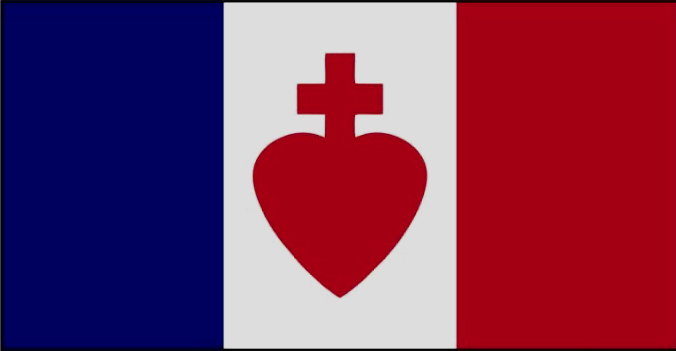
One could say that it was this very same spirit – the spirit that was deeply grieved as it witnessed the destruction of the Church through the persecution by the French Republic – that drove Catholic France into a penitent state.
And in the latter half of the Nineteenth Century, penitent Catholic France expressed itself in potent ways. This was a time when Catholics throughout the country rallied together, to put forward their petitions and donations for the building of the national Monument, the Sacré Coeur de Montmartre – the huge church dedicated to the Sacred Heart, which overlooks the city of Paris.
One might perhaps think of this magnificent basilica as the largest image ever constructed to the Sacred Heart. In any event, it should be said that the building of the Basilica also belongs to the French traditions around the Sacred Heart initiated through the life-mission of Saint Margaret Mary.
For Saint Margaret Mary had heard Our Lord call for a particular Church dedicated to the Sacred Heart. And this is how Catholic France responded – by building the Sacred Heart basilica in Paris.
When travelling through France today, one will still come across numerous images and paintings in Sacred Heart chapels across the country, which display this penitent France, depicted as a woman, bowing her shameful head before the Sacred Heart of Jesus. Penitent for all the French nation’s sacrileges against the Church, against God, against His Holy and Sacred Heart.
As I write, my heart weeps, for Catholic France has once again been decimated. The penitent France of the late Nineteenth century exists no more. No longer does the piety and fervour expressed through devotional acts to the Sacred Heart of Jesus move the souls of that land.
As the images and flags depicting the Sacred Heart of Jesus lie buried and forgotten behind the locked doors of French churches, I imagine Our Lord’s Heart weeps.
Across the World
But of course, the use of images of the Sacred Heart spread far beyond France. Throughout the Catholic world, we find altars to the Sacred Heart of Jesus and churches themselves dedicated to the Sacred heart.
In Ireland for example, no Catholic home was complete without a prominent image. When architects or builders designed houses, one of the standard questions asked of the client would be, “Where do you want your Sacred Heart lamp?”
The uses and veneration of the images and statues of the Sacred Heart of Jesus, lead naturally to the ceremony of the Enthronement of the Sacred Heart in the home, which developed many years later.
We will consider this Enthronement independently in the next section (here).
Other Pages in this Section of our website introducing the Sacred Heart Devotion can be found with this:
Table of Contents
- An Introduction to the Devotion to the Sacred Heart of Jesus
- The Holy Hour of Reparation
- The First Friday Devotion to the Sacred Heart of Jesus
- The Annual Feast of the Sacred Heart of Jesus
- Exposition of the Image of the Sacred Heart
- Enthronement of the Sacred Heart in the Home
- Prayers to the Sacred Heart of Jesus
Also, you will find many weblog entries related to the Tradition of the Sacred Heart here.
Update 2017:
I would just like to add to this page that my husband Roger Buck, also author of a book on the Sacred Heart (Cor Jesu Sacratissimum – here at Amazon worldwide) has recently produced a beautiful video about the Heart of Jesus.
In that video, he talks about our experiences on pilgrimage to Paray-le-Monial in France, experiences which completely changed both of our lives and led to the creation of this website dedicated to His Most Sacred Heart. The videos also features many images related to devotion to the Sacred Heart as well as photos of Paray-le-Monial, taken by me and others.
Foreword for Monarchy by Roger Buck

Buying Books at Amazon Through These Links Gives Us a Commission. This Supports Our Apostolate. Thank You if You Can Help Us Like This!

